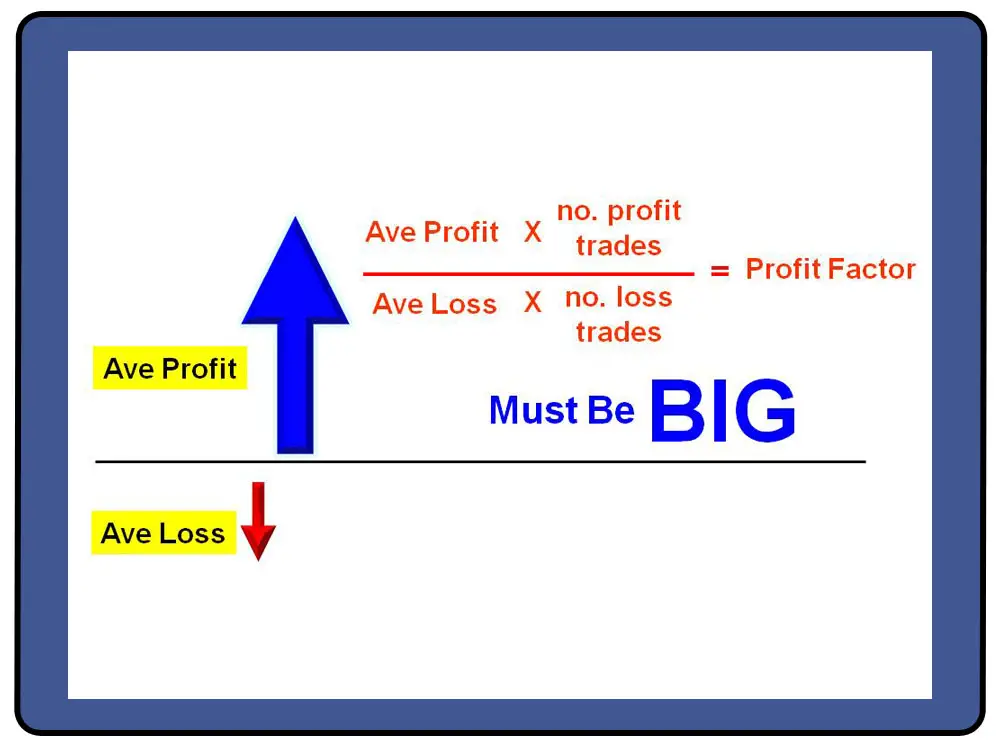A stop loss is set after a trade entry at the price level on a chart where a trader will accept being wrong and exit for a small loss. A stop loss should be placed at the level price should not go if the trade is correct. The point of a stop loss is to manage risk and eliminate big losses as that is the primary reason traders are not profitable, they lose too much when a trade doesn’t work out. Keeping losses small is crucial to maintain a good risk/reward ratio where losing trades are half or one third the size of winning trades. Your risk/reward ratio determines profitability more than win rate. A stop loss should be placed based on a key technical level on a chart and correlate with an acceptable percentage loss on the security being traded.
Here are ten tips for placing a stop loss on a trade:
- A stop loss should be a part of your trading plan on entry not decided later after the fact.
- The best time to set a stop loss is before you get emotional about acceptuing a losing trade.
- A stop loss should be placed at a price level that price shouldn’t go to if the trade is going to work out in your favor.
- A stop loss should be placed at a key technical level not based on an opinion.
- It is better to set a stop loss based on a meaningful price level not just at a flat percentage of loss from entry.
- A stop loss should be set first then position size based on the size loss you can accept if it is triggered.
- Set your stop at a level that has a low probability of being triggered to increase your odds of success.
- The best stop loss is taken when first triggered not holding and hoping for a reversal, this usually causes a bigger loss.
- If you don’t follow your trading plan then you aren’t really managing risk or staying disciplined.
- The longer you wait to stop your loss the harder it is to eventually exit later.
- The farther your stop loss is from your entry price the smaller your position size should be.
- Don’t let your ego cause a huge loss just because you don’t want to exit and accept you were wrong.
Good technical levels to set your stop loss:
- For chart patterns a loss of a supporting trend line could be the stop loss.
- For candlestick chart trading the loss of the low of the previous candle could be a good stop placement.
- When trading trends a moving average signal you used to enter should not be lost.
- When using a moving average crossover signal the cross under would be an initial stop loss.
- When entering an oversold 30 RSI signal the loss of that 30 RSI support would be the stop loss.
When considering the dangers of the risk of ruin with losing more than 1% of total capital in a move against you here is a breakdown of good stop loss percentages to consider based on position sizing:
- A 100% position of your total trading capital gives you a potential 1% stop loss on your position to equal 1% of total trading capital.
- A 50% position of your total trading capital gives you a potential 2% stop loss on your position to equal 1% of total trading capital.
- A 25% position of your total trading capital gives you a potential 4% stop loss on your position to equal 1% of total trading capital.
- A 20% position of your total trading capital gives you a potential 5% stop loss on your position to equal 1% of total trading capital.
- A 10% position of your total trading capital gives you a potential 10% stop loss on your position to equal 1% of total trading capital.
- A 5% position of your total trading capital gives you a potential 20% stop loss on your position to equal 1% of total trading capital.
